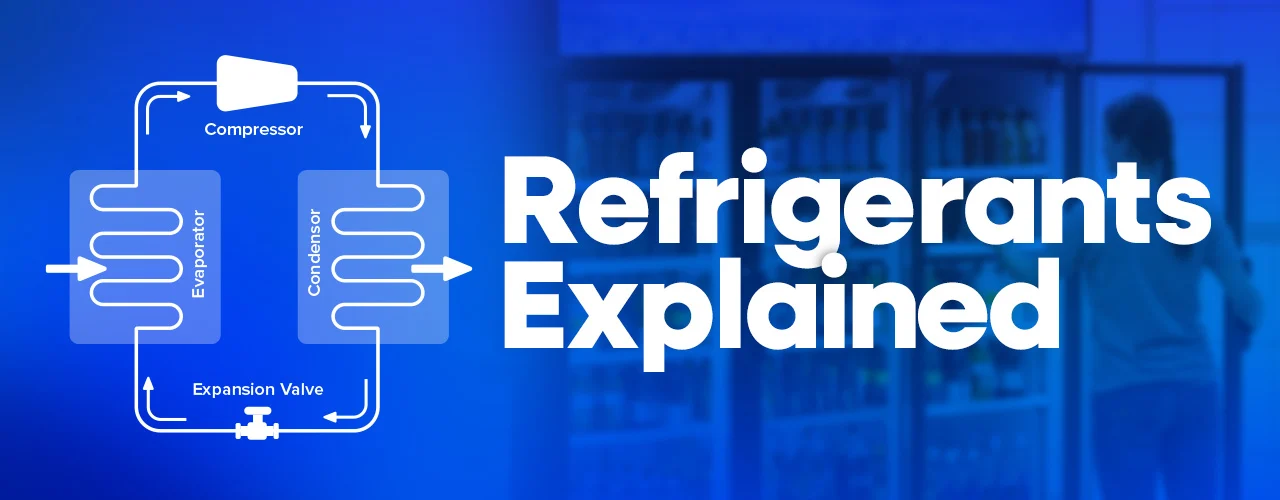No products in the cart.
Other Info
Understanding Refrigerant Types: CFCs, HCFCs, HFCs, and HFOs Explained
Refrigerants are vital in cooling systems, from air conditioners to refrigerators. Over the years, refrigerant types have evolved due to environmental concerns. This article explains CFCs, HCFCs, HFCs, and HFOs. We’ll explore their properties, uses, and environmental impacts. By the end, you’ll understand why the shift to eco-friendly refrigerants is crucial.
What Are Refrigerants?
Refrigerants are substances used in cooling cycles. They absorb heat and release it elsewhere. Their efficiency and environmental impact vary. Early refrigerants were effective but harmful to the ozone layer. Modern refrigerants aim to balance performance and sustainability.
CFCs: Chlorofluorocarbons
CFCs were widely used in the 20th century. They are stable, non-flammable, and efficient. However, they have a dark side. CFCs contain chlorine, which depletes the ozone layer. This layer protects Earth from harmful UV rays.
In the 1980s, scientists discovered the ozone hole. This led to the Montreal Protocol in 1987. The treaty phased out CFCs globally. Today, CFCs are largely banned. Their phase-out is a success story in environmental policy.
HCFCs: Hydrochlorofluorocarbons
HCFCs replaced CFCs as a transitional solution. They contain hydrogen, chlorine, fluorine, and carbon. HCFCs are less harmful to the ozone layer. However, they still pose risks. Their chlorine content, though lower, still causes ozone depletion.
HCFCs are being phased out under the Montreal Protocol. Developed countries have largely stopped using them. Developing nations are following suit. HCFCs are being replaced by more sustainable options.
HFCs: Hydrofluorocarbons
HFCs emerged as the next generation of refrigerants. They contain no chlorine, so they don’t harm the ozone layer. This made them a popular choice in the 1990s and 2000s. However, HFCs have a high Global Warming Potential (GWP).
GWP measures how much heat a gas traps in the atmosphere. HFCs can have GWPs thousands of times higher than CO2. This contributes to climate change. The Kigali Amendment to the Montreal Protocol addresses this. It aims to phase down HFCs globally.
HFOs: Hydrofluoroolefins
HFOs are the latest innovation in refrigerants. They are designed to be eco-friendly. HFOs have low GWPs and zero ozone depletion potential. They are also energy-efficient. This makes them ideal for modern cooling systems.
HFOs are gaining popularity in automotive and commercial applications. However, they are more expensive than older refrigerants. Despite this, their environmental benefits justify the cost. Many industries are transitioning to HFOs.

Environmental Impact of Refrigerants
Refrigerants impact the environment in two main ways. First, they can deplete the ozone layer. Second, they contribute to global warming. CFCs and HCFCs harm the ozone layer. HFCs and HFOs don’t, but HFCs have high GWPs.
The shift to HFOs reflects a focus on sustainability. These refrigerants minimize both ozone depletion and global warming. Governments and industries are adopting stricter regulations. This ensures a greener future.
Regulations and Standards
Global agreements like the Montreal Protocol drive refrigerant changes. The protocol has been highly effective in phasing out harmful substances. The Kigali Amendment extends its reach to HFCs. Over 100 countries have ratified it.
In the U.S., the EPA regulates refrigerants under the Clean Air Act. Similar laws exist in the EU and other regions. These regulations encourage the use of eco-friendly refrigerants. They also promote proper handling and disposal.
Choosing the Right Refrigerant
Selecting a refrigerant depends on several factors. These include application, efficiency, and environmental impact. Older systems may still use CFCs or HCFCs. Upgrading these systems can reduce environmental harm.
For new installations, HFOs are the best choice. They offer high performance with minimal environmental impact. However, cost and availability can be challenges. Consulting a specialist ensures the right decision.
The Future of Refrigerants
The refrigerant industry is evolving rapidly. Research focuses on low-GWP, energy-efficient options. Natural refrigerants like CO2, ammonia, and hydrocarbons are also gaining traction. These substances have minimal environmental impact.
However, natural refrigerants come with challenges. They can be flammable or toxic. Proper handling and system design are crucial. Despite this, they represent a promising direction for the industry.
Conclusion
Understanding refrigerants is key to making informed choices. CFCs and HCFCs are largely phased out due to ozone depletion. HFCs, while ozone-safe, contribute to global warming. HFOs offer a sustainable alternative with low GWPs.
The transition to eco-friendly refrigerants is essential. It protects the ozone layer and mitigates climate change. By staying informed, we can support this shift. Together, we can build a cooler, greener future.
Top Keywords for SEO
- Refrigerant types
- CFCs, HCFCs, HFCs, HFOs
- Ozone layer depletion
- Global Warming Potential (GWP)
- Eco-friendly refrigerants
- Montreal Protocol
- Kigali Amendment
- Sustainable cooling systems
- Low-GWP refrigerants
- Refrigerant regulations


